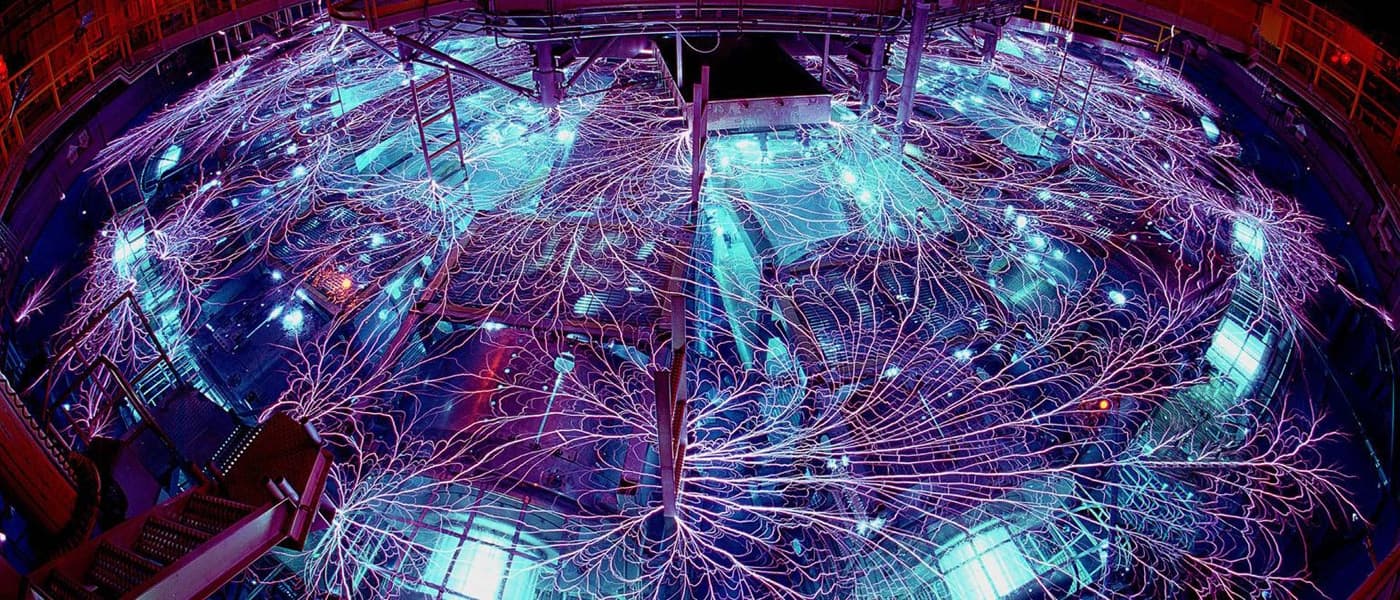Is Cold Fusion Junk Science?
“Indeed, some claim that it would be an 'inexhaustible source of energy,' as it relies on the most abundant element in the known universe—hydrogen," Jolene Creighton explained in a previous article for Futurism, "[...] fusion (or “hot fusion”) is the process that gives life to stars. Under immense pressure and temperatures that reach millions of degrees, elements fuse together, creating heavier elements. As this happens, an immense amount of energy is released.”
Because hot fusion requires intense heat and pressure to produce, it demands enormous investments and involves huge machines that attempt to recreate on a terrestrial scale the same sort of physics that applies in stellar interiors. In fact, none of the techniques so far entertained for achieving sustained fusion have even reached breakeven—the point where the energy output balances the energy input. In other words, the point when a fusion reactor becomes economically viable; or is at least well on the way to that condition.
Cold fusion, on the other hand, can allegedly produce inexhaustible energy at room temperature.
Alas, it didn’t take long before the researchers' findings were proven to be highly improbable.
“After months of investigating Fleischmann and Pons’s puzzling observations, however, the scientific community came to a consensus that the effect was inconsistent or nonexistent and that the scientists had made experimental errors. The research was summarily condemned, and cold fusion became a synonym for junk science,” writes Stephen K. Ritter for c&en.
The pair claimed that under intense pressure from the university to make the announcement, they did so despite not being able to explain the physics behind the phenomenon or providing a detailed process for the experiment. And in the years since they announced their claim, the science behind cold fusion has been so tainted by their assertions that any advancement in the field is now met with doubt and apprehension.
Low-Energy Nuclear Reaction
However, in the spirit of scientific research and discovery, a handful of researchers remain determined to prove the phenomenon and bring it to commercial reality.
Cold fusion, which has since been rebranded as “low-energy nuclear reactions (LENR)” is the basis for the research of Brilliant Light Power (BLP). The New Jersey-based company claims that they have found a way to shrink hydrogen atoms into what they call “hydrinos.” Going through the process results in a release of copious amounts of energy.
Achieving this process essentially implies that BLP was already able to scientifically verify cold fusion or LENR, and their efforts are now focused on applying it for commercial use. To that end, BLP is currently conducting testing on a technology called the SunCell, which is slated for a 2017 production.
Randell L. Mills, BLP’s founder, believes that this technology will make all existing energy options obsolete, and at the same time, eliminate the world’s concerns about climate change. That's a heady claim, and as Fleischmann and Pons learned to their cost in 1989, extraordinary claims often require extraordinary proof.
Outside of its commercial potential, independent scientists and engineers have spent much time and effort studying cold fusion, simply to answer the decades-old question of whether it was possible. But while many researchers who continue to work in the field are accomplished scientists, their work has been left unreviewed because of cold fusion’s dismal reputation.
Some have even tried to conduct similar experiments, claiming to have successfully produced energy (albeit low energy); but replicating the same results has consistently proven to be nearly impossible. To date, no commercial product based on this phenomenon has made it to the market.
As David J. Nagel, an electrical and computer engineering professor at George Washington University and former research manager at the Naval Research Laboratory points out:
“LENR is real experimentally, and not understood theoretically. There are results that you just can’t explain away. Whether it’s cold fusion, low-energy nuclear reactions, or something else—the names are all over the place—we still don’t know. But there’s no doubt that you can trigger nuclear reactions using chemical energy.”
Had the 1989 cold fusion experiment been publicized as a “new scientific curiosity,” rather than a definitive breakthrough in new energy sources, maybe the field wouldn’t be met with so much skepticism today. And that's unfortunate, given that a nearly inexhaustible energy source would be essential in surviving this era of climate change.
Nevertheless, if the researchers pushing for advances in cold fusion forge ahead, maybe someday they'll be able to successfully prove it once and for all.
Share This Article
